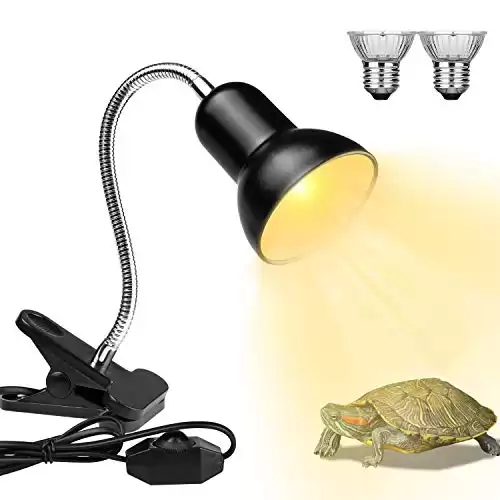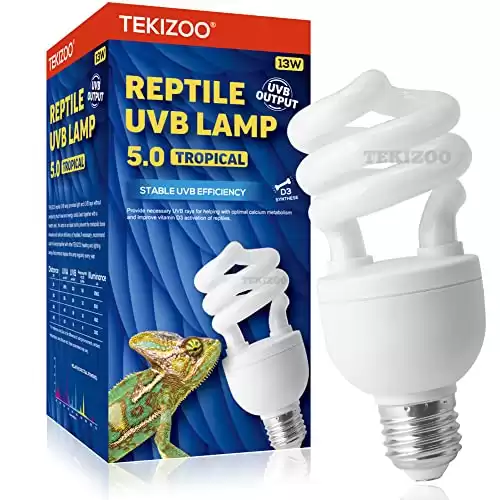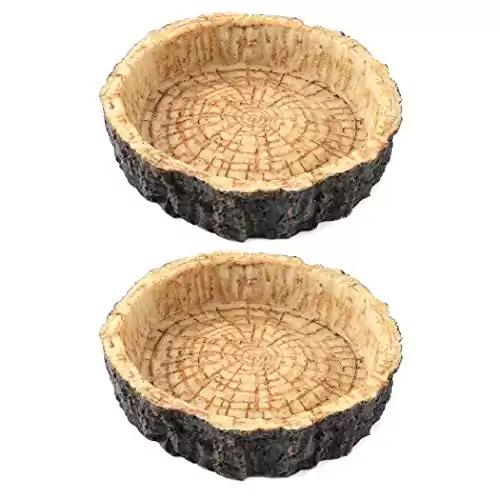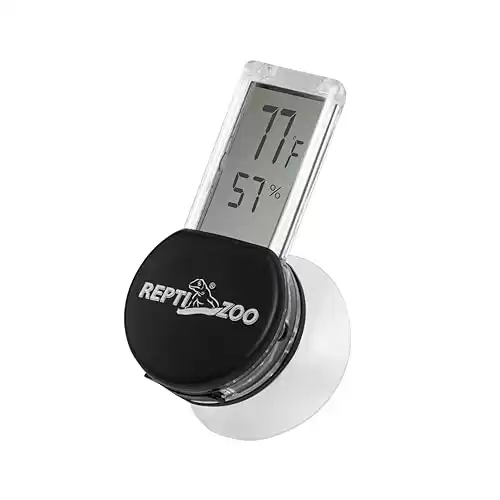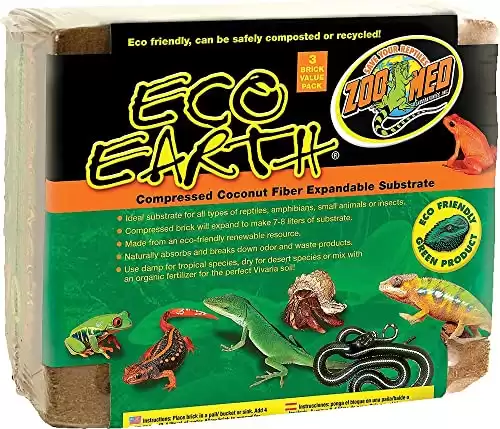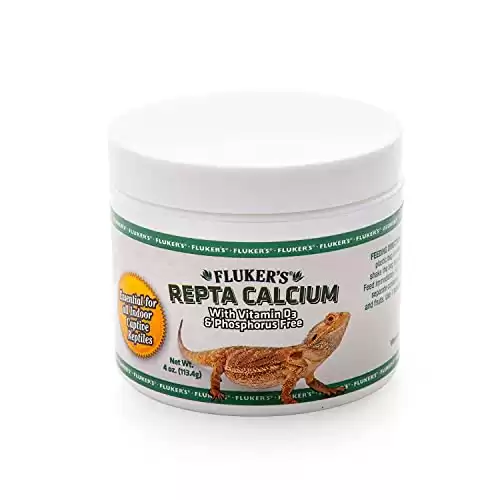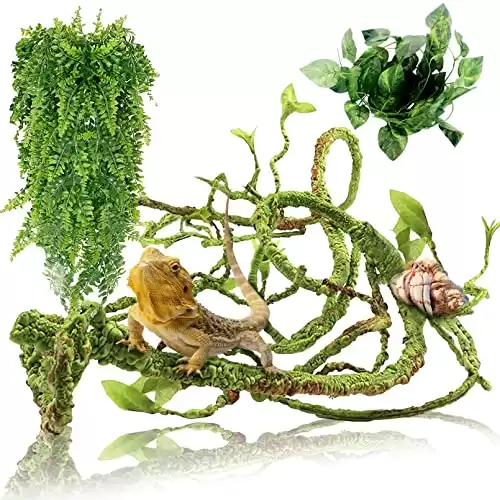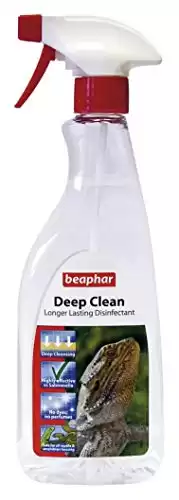The Leopard Gecko is a beloved pet reptile known for its outstanding beauty and quirky personality.
One special characteristic of these beautiful creatures is that they come in various morphs, including the popular Bell Albino Leopard Gecko.
If you’re considering adding a Bell Albino leopard gecko to your family, this article will walk you through everything you need to know to keep them happy and loved!
Description of Bell Albino Leopard Geckos
Bell Albino Leopard Geckos are a unique morph of the Leopard Gecko species (Eublepharis macularius).
The “Bell” in their name refers to Mark Bell, who is the breeder who managed to create this unique morph several decades ago.
They’re fairly similar in characteristics to other morphs of the Leopard Gecko. The main difference here is their light pink eyes and unique coloration, which can vary from light yellow to lavender or a combination of both, along with some brown spots all over their body.
Bell Albino leopard geckos are also a relatively small species of gecko, with adults typically reaching lengths of 6 to 8 inches.
They’re also relatively low-maintenance pets, making them a good choice whether you’re new to the reptile-raising scene or have some experience keeping them as pets.
Are Bell Albino Leopard Geckos Found in the Wild?
Bell Albino Leopard Geckos are not found naturally in the wild, as they’re a captive-bred morph of the gecko, which is native to Afghanistan, Iran, and Pakistan.
In some cases, a genetic mutation may occur, causing the geckos to become similar to Bell Albinos. However, they don’t survive for long in the wild because they’re easy to spot by predators.
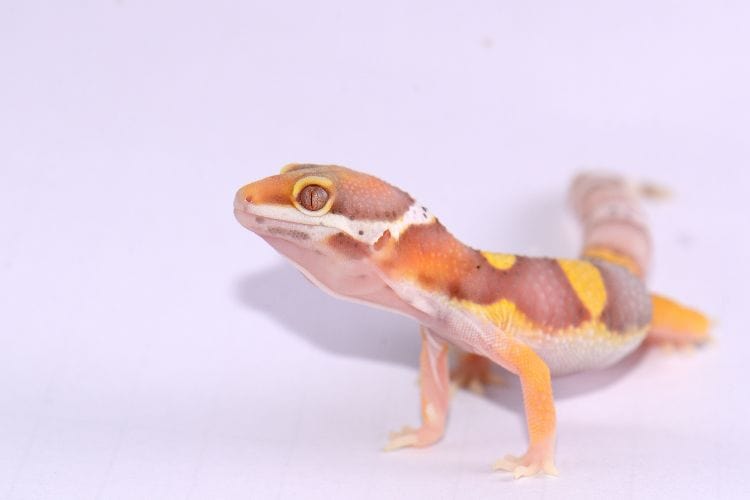
Are There Other Morphs of the Leopard Gecko?
There are numerous morphs of leopard geckos, each with its own unique coloration and pattern variations.
In fact, a recent report shows that there are over 100 variants of these lovely creatures. Some of the popular Albino Leopard Gecko morphs include:
- Rainwater Albino Leopard Gecko: This is a patternless gecko morph with striking pale skin, pink eyes, and heavily reduced pigmentation. It was first discovered and named by Tim Rainwater in 1998.
- Tremper Albino Leopard Gecko: Discovered by Ron Tremper in 1996, these Albino Gecko show delicate yet various colors, including pale browns, yellows, oranges, and pinks. They also have distinctive silver eyes with reddish veins.
How Rare Are Bell Albino Leopard Geckos?
Albinism within leopard geckos is not rare, whether it’s Bell Albino or other morphs. Yet, they still aren’t as common as some other morphs, such as the high yellow or blizzard morph.
This is because the albino trait is recessive, which means that both parents must carry the albino gene to get albino offspring.
The rarity of Bell albino leopard geckos can also vary depending on the breeder. Some breeders may specialize in breeding albino morphs, while others may not breed them at all.
Are Bell Albino Leopard Geckos Friendly?
Bell Albino Leopard Geckos, like most leopard gecko morphs, are known for their generally friendly and docile nature.
The good news is that they’re usually calm and easy to handle, although their temperament still largely depends on individual personality and how well you socialize them since hatching.
If you handle them gently from a young age, they get used to it. That’s why you should approach them calmly, as they can be sensitive to sudden movements and loud noises.
You should also note that Bell Albino Leopard geckos are nocturnal pets, meaning they are most active at night, so you should avoid interrupting them during the day when they’re sleeping.
Bell Albino Leopard Geckos Care Guide
Now that you know more about Bell Albinos, here’s a quick peek at their essential care requirements.
Enclosure and Substrate
To provide a comfortable home for these cheerful geckos, choose a 15 to 20-gallon enclosure with a secure lid. This should be enough to give them space without making them feel overwhelmed or unsafe.
Line their habitat with a good substrate like coconut coir or a reptile carpet to insulate their enclosure.
Don’t forget to add some plants, hide boxes, and climbing structures to offer further enrichment and security to their enclosure.
Temperature
To ensure your gecko’s well-being, keep the temperature between 88 to 92°F (31 to 33°C) on the warm side and 70 to 75°F (21 to 24°C) on the cooler side at all times.
You can maintain this temperature range using under-tank heaters and ventilation fans, but make sure that they’re not set directly at the
Lighting
Like other Albino morphs, Bell Albino Leopard Geckos are also sensitive to bright lights, but this doesn’t mean you should keep them in darkness at all times.
They still need UVB light to produce vitamin D3 and create a healthy day/night cycle, so make sure that you use low UVB light to avoid stressing them out.
As a general rule, you should provide them with indirect full-spectrum or low-UVB light for 10 to 12 hours a day.
Diet
Bell Albino Leopard Geckos are insectivores, which means they eat bugs. Their diet should consist of a variety of insects, such as crickets, mealworms, and roaches.
You can also offer them some vegetables and fruits, but insects should make up the primary bulk of their daily diets.
Health Care and Common Diseases
Keeping your Bell Albino Leopard Gecko healthy is important. Watch for signs of common health issues like shedding problems, respiratory infections, and parasites.
To prevent these, maintain proper humidity for shedding, ensure a clean environment, and provide a balanced diet.
Regular vet check-ups will also help you catch any problems as soon as possible and increase the chances of healthy recovery.
Wrap Up
This marks the end of today’s guide that walks you through everything you need to know about Bell Albino Leopard Geckos.
As you can see, these unique little geckos are low-maintenance, beautiful-looking, highly energetic bundles of joy, and they make excellent pets regardless of your experience with geckos.


